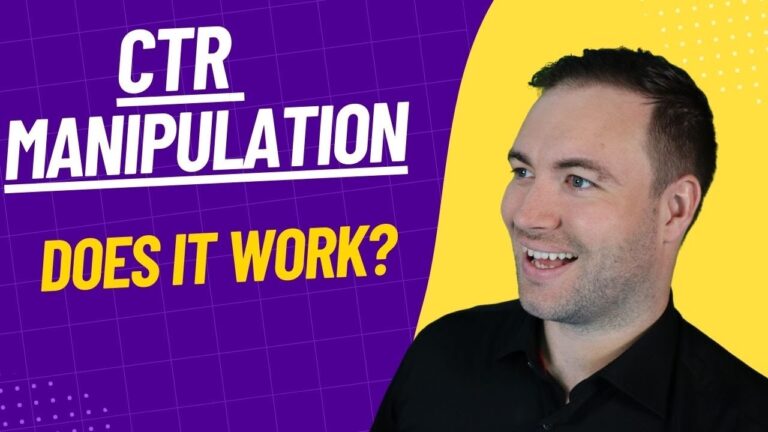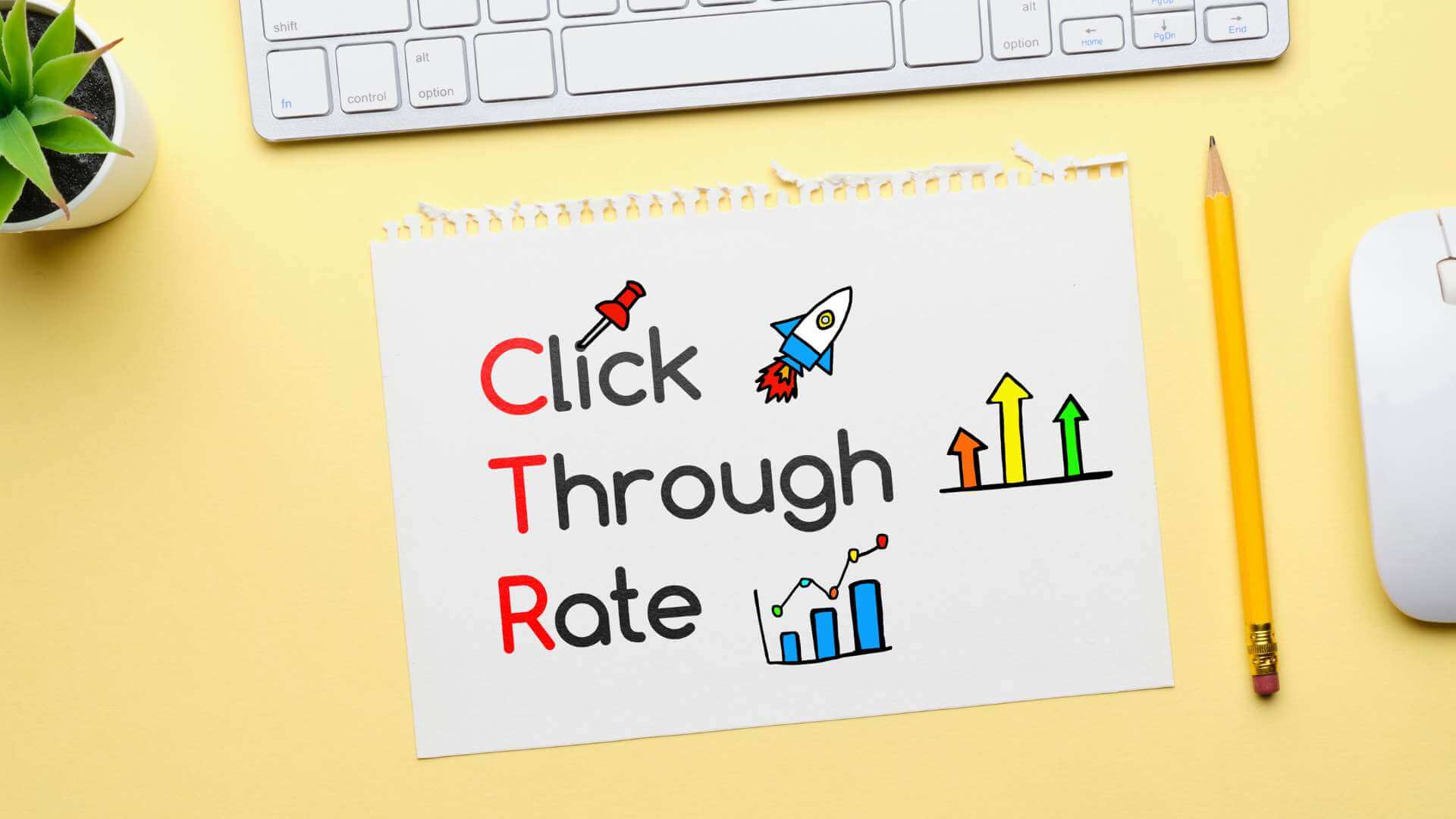Transform Your Click-Through Rates with Proven CTR Manipulation Methods
Transform Your Click-Through Rates with Proven CTR Manipulation Methods
Blog Article
Enhancing Organic Click-Through Fees With CTR Manipulation
The optimization of organic click-through prices (CTR) is a nuanced endeavor that hinges on recognizing both customer psychology and reliable material presentation. The landscape is rife with mistaken beliefs and oversimplifications concerning what genuinely drives CTR.
Comprehending Click-Through Fees
Recognizing click-through prices (CTR) is crucial for evaluating the performance of online advertising methods. CTR determines the percentage of customers that click on a specific web link or ad compared to the complete number of users who view it. A greater CTR suggests that the content is engaging and relevant to the target audience, while a lower CTR might signify a demand for optimization.
To determine CTR, divide the variety of clicks by the number of perceptions and multiply by 100. As an example, if an ad obtains 300 clicks out of 10,000 perceptions, the CTR would certainly be 3%. This statistics is crucial for analyzing different components of digital advertising and marketing, consisting of search engine optimization (SEARCH ENGINE OPTIMIZATION), e-mail campaigns, and social media sites marketing.
In addition, analyzing CTR aids online marketers determine which strategies generate the finest results and which call for improvement. By concentrating on enhancing CTR, services can improve their material's exposure and efficacy, bring about increased traffic and potential conversions. Comprehending the subtleties of CTR is foundational for any marketing expert intending to optimize their on-line presence and maximize roi (ROI)

The Psychology of User Habits
Individual habits is significantly affected by emotional aspects that determine just how people connect with on the internet material. Comprehending these elements is important for optimizing click-through prices (CTR) in organic search outcomes. Cognitive prejudices, such as the anchoring result, play a vital role fit individuals' understandings. When individuals experience details, their first perceptions can greatly influence their succeeding judgments about significance and credibility.
Psychological reactions additionally dramatically impact customer behavior. Material that reverberates mentally can activate a sense of seriousness or interest, triggering customers to click. Furthermore, social proof-- such as customer testimonials or rankings-- can improve count on and motivate interaction, as people usually aim to the actions of others to educate their very own decisions.
Furthermore, the concept of deficiency can drive clicks - CTR Manipulation. Limited-time deals or exclusive content develop a concern of losing out (FOMO), compelling individuals to act quickly. Understanding these psychological chauffeurs allows marketers to create more engaging content that resonates with their target audience
Efficient CTR Control Techniques
Leveraging psychological insights can considerably boost click-through rates (CTR) via targeted control methods. One of the most efficient methods is using compelling headings that stimulate curiosity or seriousness. Phrasing titles as inquiries or integrating numbers can bring in even more focus, triggering customers to click.
An additional technique involves enhancing meta descriptions to produce a feeling of importance and immediacy. By clearly describing the solutions or benefits offered in the web content, you can involve prospective viewers and encourage them to click. In addition, making use of power words-- such as "unique," "confirmed," or "cost-free"-- can boost the appeal of your web content.
Aesthetic elements additionally play an essential duty. Integrating captivating pictures or thumbnails can draw customers in and enhance CTR. A/B screening different visuals look at this web-site can assist identify which photos reverberate best with your target market.
Lastly, making sure that your content assures deliverable worth brings about higher CTR. They are a lot more most likely to engage when users view that clicking will certainly supply them with meaningful understandings or solutions. By employing these techniques thoughtfully, marketing professionals can effectively control CTR to their benefit while keeping honest standards.
Typical Myths Concerning CTR
Several misunderstandings surround click-through prices (CTR) that can lead marketing professionals to make misdirected choices. While a high CTR suggests that more customers are clicking, it does not ensure sales or conversions.
Another usual idea is that CTR is a separated metric. In truth, CTR should be evaluated in combination with other performance indications, such as bounce price and conversion rate, to acquire a holistic view of project success.
Furthermore, some marketers presume that enhancing for CTR alone suffices. Focusing solely on CTR can lead to clickbait methods that may bring in clicks but fall short to involve individuals meaningfully. CTR Manipulation Press Release. This strategy can harm brand name reputation and lead to reduced retention prices
Finally, there is a notion that CTR techniques are universally efficient. The fact is that ideal CTR strategies can vary dramatically throughout markets and target audiences, requiring customized techniques for various market sections. Understanding like it these myths is vital for establishing reliable CTR methods that align with overarching marketing goals.
Measuring CTR Success
Although high click-through prices (CTR) can suggest successful involvement with content, gauging their real success needs a comprehensive evaluation of numerous elements. It is crucial to comprehend the context in which the CTR is achieved. For example, a high CTR on a misleading title might not translate to meaningful engagement or conversions, inevitably reflecting inadequately on the brand's reputation.
2nd, examining the source of website traffic is essential. Organic website traffic from search engines can represent a robust content strategy, while clicks from irrelevant resources may show an absence of targeting. Furthermore, measuring the subsequent customer behavior is essential; examining metrics such as bounce price, time invested on page, and conversion prices can give deeper understandings into the high quality of the interaction started by the CTR.

Final Thought

The optimization of natural click-through prices (CTR) is a helpful site nuanced endeavor that hinges on recognizing both customer psychology and reliable web content discussion. CTR gauges the portion of users that click on a particular link or ad compared to the total number of users who see it. A greater CTR shows that the web content is involving and appropriate to the target audience, while a lower CTR might signal a demand for optimization.
Concentrating exclusively on CTR can lead to clickbait strategies that may attract clicks however stop working to engage users meaningfully. Additionally, measuring the succeeding user actions is important; assessing metrics such as bounce price, time spent on web page, and conversion prices can offer much deeper understandings into the quality of the interaction initiated by the CTR.
Report this page